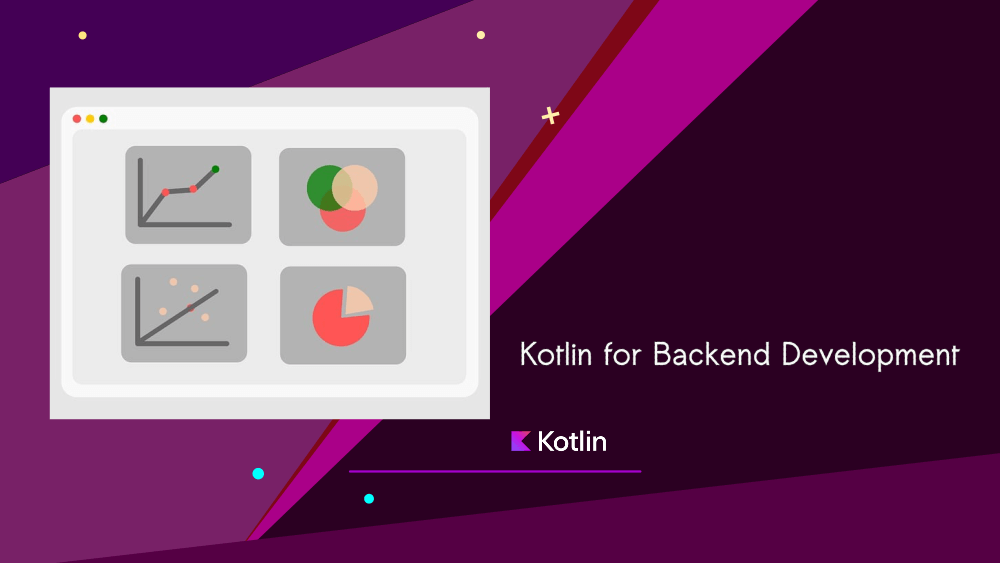Kotlin for Backend Development: Before You Head First to Ktor
Kotlin is rapidly gaining traction as a powerful language for backend development. Its modern syntax, interoperability with Java, and ease of use make it an ideal choice for building robust backend systems.

Getting Started with Kotlin for Backend Development
Before diving into Kotlin for backend development, you must set up your environment. Start by installing IntelliJ IDEA, the most recommended IDE for Kotlin development. Once installed, create a new Kotlin project. Set up the necessary dependencies for backend development, such as Ktor, Spring Boot, or Vert.x.
Next, familiarize yourself with Kotlin’s syntax and features. Learn about Kotlin’s null safety, extension functions, and data classes. These features simplify backend development, reducing boilerplate code and potential errors.
Building APIs with Ktor
Ktor is a lightweight framework for building APIs in Kotlin. It offers flexibility, allowing you to create both simple and complex applications. Start by setting up a basic Ktor project. Define routes, handle requests, and return responses.

Learn how to integrate Ktor with other libraries and databases. You can connect to relational databases using Exposed, Kotlin’s ORM library. Practice by building a simple REST API that performs CRUD operations. By the end of this section, you should have a solid understanding of how to use Ktor for backend development.
Kotlin for Backend Development: Using Spring Boot
Spring Boot is another popular framework for Kotlin developers. It provides a comprehensive set of tools and features for building enterprise-level applications. Start by creating a new Spring Boot project with Kotlin support.
Explore how to define controllers, services, and repositories in Kotlin. Learn how to handle dependency injection using Spring’s annotations. Practice by building a small web application that connects to a database and provides a user-friendly interface.
Spring Boot also supports Kotlin Coroutines, allowing you to build non-blocking applications. By understanding these concepts, you can effectively use Spring Boot for backend development.
Testing and Deploying Kotlin Applications
Testing is a crucial part of any development process. Kotlin provides powerful testing libraries like JUnit and KotlinTest. Start by writing unit tests for your functions and classes. Learn how to mock dependencies and test your code in isolation.
Next, explore integration testing. Ensure that your entire application works as expected by testing the interaction between different components. Once testing is complete, focus on deployment. You can deploy your Kotlin application on cloud platforms like AWS or Google Cloud.
Understand how to package your application as a Docker container. This approach simplifies deployment, making your application scalable and portable. By the end of this section, you should know how to test and deploy your Kotlin backend applications effectively.
Why Choose Kotlin for Backend Development?

Kotlin for backend development offers numerous advantages. First, its concise syntax reduces code complexity, leading to faster development. Second, Kotlin’s null safety feature eliminates a common source of bugs, making your application more reliable.
Kotlin’s seamless interoperability with Java allows you to use existing Java libraries and frameworks. This interoperability enables a smooth transition from Java to Kotlin, making it easier for teams to adopt Kotlin. Finally, Kotlin’s growing ecosystem and community support ensure that you have access to a wealth of resources and tools.
Final Thoughts
Kotlin for backend development provides a modern and efficient approach to building scalable applications. By leveraging Kotlin’s features and frameworks like Ktor and Spring Boot, you can create robust backend systems with ease. Remember, mastering Kotlin requires practice and continuous learning.



